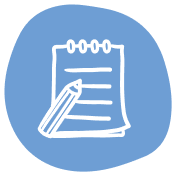
Resource—
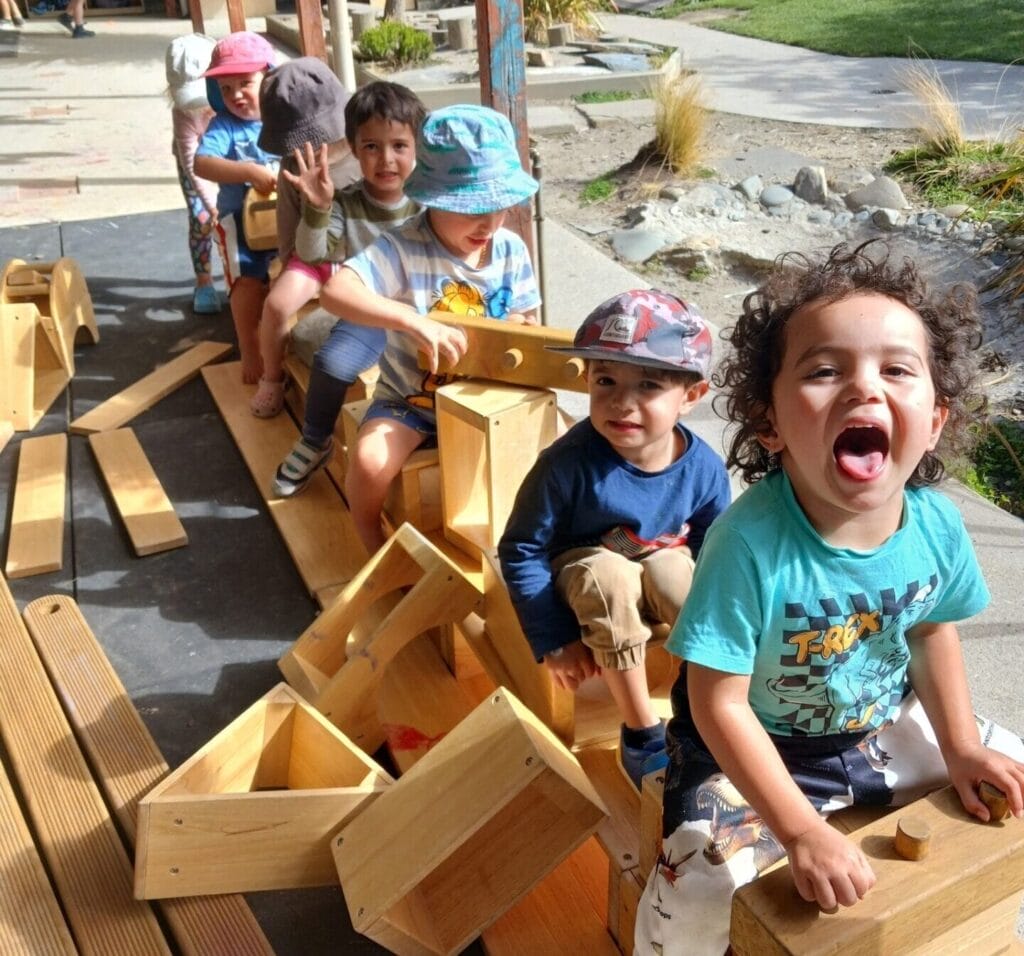

Over the past year, we’ve spent time reflecting on our learning priorities, considering whether they were fully grounded in Te Whāriki, whether they reflected our belief in holistic and interconnected development, and whether they enabled our tamariki to reach their fullest expression.
We have drawn from Te Ao Māori ways of knowing and being that do not view the child in isolation but as part of a wider system of whānau and community. Situating ourselves in this means considering what both tamariki and their whānau bring to the early childhood context: their strengths, their histories, their whakapapa. Each tamaiti and their whānau are placed in the centre of the frame, with assessments seeking to capture the wonder and excellence inherent within each tamaiti – enhancing their mana.
These learning priorities aren’t topics we teach but rather are lived experiences embedded in our daily practice, reflecting the commitment we have to learning that honours the child standing before us through exploration, connection, curiosity and care.

- Whanaungatanga is about the deep value we place on relationships with ourselves, with others and the world around us.
- Ako reminds us that everyone is both a learner and a teacher. These are intrinsically linked and tamariki grow through shared learning experiences with kaiako and their peers.
- Taha Hinengaro reflects the emotional and mental well-being of each child – their confidence, self-awareness and social skills.
- Taha Tinana highlights the importance of physical exploration and play, encouraging strength, risk taking and self care.
- Ariā Mōhio celebrates how tamariki make sense of the world – through questions, creativity, experimenting and hands-on discovery.

“Ehara taku toa i te toa takitaki, engari he toa takitini”:
My strength is not that of an individual, but that of the collective.
Assessment can feel like a big word to be used in the context of our youngest people, so we thought
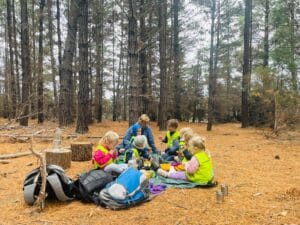
we would talk about what this looks like in Early Childhood, and what it means! Assessment for us, is more than observation or documentation but a way of seeing,
of listening, of walking alongside. It is a practice of holding each child as taonga, held within the context of their whānau, whakapapa, whenua and the unfolding of their own unique story.
You may have noticed when reading stories for your child that they follow a rhythm, beginning with a spark of learning, followed by gathered evidence and closing with a celebration of learning as that travelled path comes to a close. This cycle flows with the child and is guided by their interests, identity and wellbeing.

Te Whāriki means “the woven mat.” It is the foundation for all early childhood education in Aotearoa and is built from four guiding principles: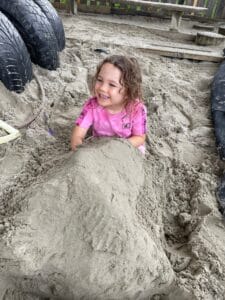
- Whakamana – Empowerment
- Kotahitanga – Holistic development
- Whānau Tangata – Family and community
- Ngā Hononga – Relationships
Just as each child is unique, each whāriki is different – shaped by culture, context, whānau and community and these principles uphold a vision of tamariki as competent, capable and deeply connected beings. Our local curriculum grows from this foundation, reflecting who we are here at Riverside and who your tamaiti is in this moment and place.

Every learning journey begins with a spark – a moment that draws our attention and asks us to look closer. This might come through play, movement, kōrero, repetition or quiet observation. It might be something tamariki return to again and again, something they may be seeking further guidance on, something they light up with joy or deep focus when engaging with.
We understand however, that these sparks do not arise on their own. They show us what is meaningful, shaped by the unique world of each tamaiti – their passions, their stories, their home and the relationships that surround them. This is why we draw not only from what we observe, but from the voices of whānau and your aspirations for your child.
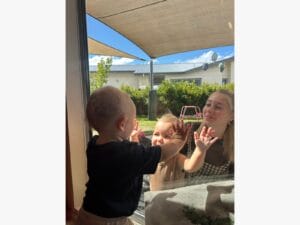 When we identify a spark of learning, we consider:
When we identify a spark of learning, we consider:
- What have we noticed in the child’s play and engagement – what they love, return to, or explore with curiosity and focus
- Whānau voice – insights from home, stories, values and hopes you hold for your child
- Which learning priority this spark connects to – Whanaungatanga, Ako, Taha Hinengaro, Taha Tinana or Ariā Mōhio
- Our teaching response – how we as kaiako will intentionally support and extend this learning
- How this aligns with Te Whāriki learning outcomes and the principles that guide our practice
- How it connects to our centre’s philosophy, values or other guiding principles
This initial noticing builds the kaupapa for everything that follows. It helps us make meaning of what we are seeing and grounds our responses in both cultural responsiveness and pedagogical intent. We see these sparks as expressions of identity and potential and through recognising and responding to them, we honour the mana of each child and participate in co-created learning that is relational, purposeful and full of possibility.

As the spark of learning grows and deepens, we begin to gather taunakitanga – evidence of the child’s journey. This stage is about making learning visible and meaningful..
Evidence of learning is shared through stories, emerging in moments of joy, determination, connection, creativity or resilience. We like to reflect on not just what has happened but who the child is in these moments, and who they are growing into.
We take time to reflect not only on the captured moment, but also on:
- What learning is taking place – what is the child showing us about their capabilities, understandings or developing dispositions?
- How have we facilitated or supported the learning – what intentional actions, invitations or interactions have helped to shape this moment?
- How this connects to our wider kaupapa – including links to whānau aspirations, the relevant learning priority or to Te Whāriki outcomes.
- The child’s voice and contribution – where possible, tamariki are invited to reflect on and revisit their learning alongside us.
While not every piece of documentation will include all these elements, we aim to intentionally anchor the learning within a wider frame as this gathering of evidence goes along – linking to what matters most for each tamaiti, their whānau and our collective hopes.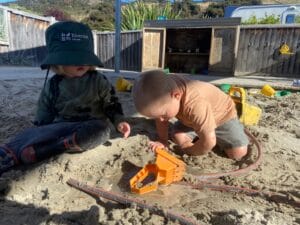
We don’t use this process to rank or measure as such, but rather to recognise growth in all its forms. Learning is not always linear and children thrive when their learning is seen not as a checklist but as a living narrative that we build together.

Celebration is a sacred moment in the learning journey – an opportunity to reflect the child’s mana back to them, acknowledging who they are, what they’ve explored and how they’ve grown. We see whakanui as a chance to gather each element of a child’s journey, honour their efforts and invite the next unfolding, in acknowledgement that this is not a final step but a meaningful pause!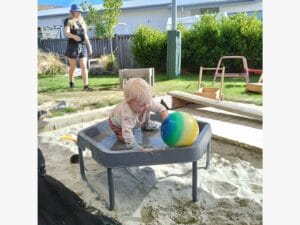
At this stage, we bring together what we’ve seen and known:
- What the child has achieved or discovered while on this pathway – skills they’ve gained, ideas they’ve tested, challenges they’ve met and the unique way they’ve engaged in the world around them.
- A summary of the learning journey – how their understanding has developed, what dispositions have strengthened and where their passions have led them.
- Using the relevant learning priority, we will look at how this focus has shaped their growth.
- How this process has connected to Te Whāriki learning outcomes
- Teaching strategies that have supported them best – what has helped this child thrive, what approaches opened up their thinking or encouraged confidence
- Whānau voice – what you’ve noticed at home, what this journey has meant for you and how it aligns with your aspirations for your tamaiti.
For all tamariki, this celebration is a moment of affirmation and belonging. A way to awhi them, saying, “we see you, we value you, and we’re on this journey alongside you.”

We believe that the mana of tamariki must be upheld in every aspect of our practice. Tamariki do not arrive here as empty vessels – they arrive already whole, already wise, already carrying the hopes, stories, values and strengths of those who came before them. 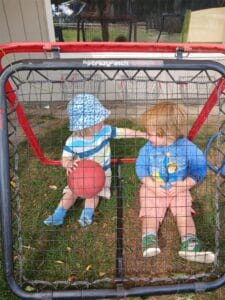
In Te Ao Māori, the child is never seen alone, but as shaped by their whakapapa, the whānau who surround them and the whenua they belong to. As kaiako, we recognise that the people who know each child best are their whānau. You are their first and forever teacher, and your voice is not just welcome in our assessment and planning – it is essential!
When we ask for your aspirations, we’re not completing a checklist! We really want to seek to understand what matters most to you. What dreams do you carry for your child? What strengths do you see? What does success look like in your world, your culture, your whānau?
Your aspirations help us honour the whole child. They guide our planning, shape the way we respond to your child and ensure that our teaching is grounded in a deep reverence for each and every child in our care. In this way, your insight becomes interwoven into your child’s whāriki.

Our approach to assessment is a commitment to ako—to relational learning that flows in all directions. Guided by the principles of Te Whāriki and the wisdom of kaupapa Māori, we understand that learning is most powerful when it is holistic, responsive, and mana-enhancing.
At the heart of this process is the tamaiti—their wairua, their strength, their potential. Every child is seen as inherently capable and deeply connected to their whānau, whakapapa, and whenua. This process, for us, is gentle, intentional and co-constructed. It is how we walk together in support of the person each tamaiti is becoming.





